
E-bike Battery Power Explained: How Much Do You Really Need for Your Ride?
When it comes to choosing an electric bike, bike battery power is the single most important factor that determines how far, how fast, and how effortlessly you can ride. But with numbers like voltage, amp hours, and watt hours thrown around in every spec sheet, it’s easy to feel overwhelmed. Do you really need a 750Wh battery for daily commuting? Is a 36V pack enough for hills? And what’s the difference between power and capacity anyway?
In this guide, we’ll break down bike battery power in simple terms so you can confidently understand how it affects performance, range, and riding experience. Whether you’re a casual city rider, weekend explorer, or off-road adventurer, we’ll help you figure out exactly how much battery power you need, without overspending or getting stuck with a bike that runs out of juice too soon.
What Is Bike Battery Power?
Bike battery power refers to the total energy an e-bike battery can store and deliver, and it’s most commonly measured in Watt-hours (Wh). This number tells you how far you can ride on a single charge — the higher the Wh rating, the longer your range will typically be. To calculate bike battery power, manufacturers multiply voltage (V) by ampere-hours (Ah). For example, a 36V battery with 10Ah capacity equals 360Wh of power. Understanding this formula helps riders compare batteries more accurately and choose the right setup based on their riding distance and terrain.
Understanding How Bike Battery Power is Calculated
Bike battery power is determined using three key measurements: Watt-hours (Wh), voltage (V), and ampere-hours (Ah). These values work together to show how much energy a battery can store and how long it can power your e-bike.
-
Watt-hours (Wh): The most accurate way to compare bike battery power, representing total energy available. For instance, a 500Wh battery can run a 500W motor for one hour, or a 250W motor for two hours.
-
Voltage (V): Indicates the battery’s electrical force. Higher voltage generally delivers more bike battery power and faster acceleration.
-
Ampere-hours (Ah): This shows how much current a battery can provide over time. A 20Ah battery can theoretically supply 1 amp for 20 hours or 20 amps for one hour.
To calculate total bike battery power, simply multiply the voltage by the ampere-hours:
Voltage (V) × Ampere-hours (Ah) = Watt-hours (Wh)
Understanding this formula makes it easy to compare e-bike batteries and choose the right one based on your desired range and performance.
E-Bike Battery Types Explained
Most modern e-bikes use lithium-based batteries, with the two most common types being lithium-ion (Li-ion) and lithium polymer (Li-Po).
Lithium-ion batteries
Industry standard for high bike battery power due to energy density, light weight, and long lifespan. They can store a large amount of power relative to their size, hold their charge well when not in use, and typically last for 500–1,000+ charge cycles before noticeable degradation.
Lithium polymer batteries
Offer similar bike battery power with flexible form factors and slightly lighter weight. They can be shaped to fit sleeker or more compact e-bike frames and tend to be slightly lighter and more impact-resistant. However, they are often more expensive and may not last quite as long as traditional lithium-ion cells.
While older technologies like nickel-metal hydride (NiMH) and lead-acid batteries still exist, they are rarely used today due to their heavier weight, lower efficiency, and shorter range compared to lithium options.
How Battery Power Affects Speed, Range, and Performance
1. Range (How Far You Can Ride)
Battery power has a direct impact on how long your e-bike can stay on the road before needing a recharge. In general, a higher Watt-hour (Wh) rating means a longer riding distance. For instance, a 250Wh battery may comfortably deliver around 30–50 km, while a 500Wh pack can stretch that to 60–100 km under similar conditions. However, the final range isn’t determined by battery capacity alone — factors like riding speed, terrain type, rider weight, and even wind or temperature can significantly influence how far you get on a single charge.
2. Speed (Acceleration and Top-Assisted Speed)
When it comes to speed, voltage (V) is the star of the show. A higher voltage battery can deliver more immediate power to the motor, resulting in stronger acceleration and quicker response when you engage pedal assist or throttle. That said, not all e-bike components are built to handle higher voltage levels — the motor and controller must be compatible to ensure smooth and safe performance.
3. Overall Performance (Ride Quality and Efficiency)
Beyond range and speed, battery power also shapes the overall riding experience. A battery with more capacity can maintain consistent output over long distances, helping the bike handle hills, headwinds, and heavy loads more effectively. Riders who use power intelligently — such as combining moderate assist modes with efficient pedaling — will experience better long-term performance and slower battery drain.
How to Choose the Right Battery Power for Your Riding Style
Selecting the ideal e-bike battery isn’t just about picking the one with the highest numbers — it should match your real-world riding habits. Here’s how to make the right choice:
1. Define Your Range Requirements
If you frequently take long commutes, extended tours, or weekend rides, choose a battery with a higher Watt-hour (Wh) rating. A larger capacity ensures you won’t run out of power mid-journey and reduces the need for frequent recharging.
2. Match the Battery to Your Terrain
Flat city roads consume less energy, while hilly or off-road terrain demands more power output. In that case, opt for a battery with higher voltage or ampere-hours (Ah) to maintain consistent torque and climbing ability.
3. Balance Capacity With Weight and Size
Bigger batteries offer more range, but they’re also heavier and bulkier. Make sure the battery fits your bike frame and aligns with your handling preferences, especially if you lift, fold, or transport your bike regularly.
4. Verify Bike Compatibility
Not all batteries fit every model. Always check connector type, voltage, and mounting style before purchasing. Trusted retailers like Doctibike provide detailed compatibility information on each product page to guide your decision.
How to Increase or Maintain Bike Battery Power
Maximising your bike battery power is all about smart riding habits and efficient bike setup. Even small adjustments can make a noticeable difference to your range.
Use Lower Power Modes
The power mode you choose has the biggest impact on battery drain. Higher assist levels consume significantly more energy, so it’s best to ride in Eco or low power mode whenever possible. Save the higher settings for steep hills or strong headwinds. On flat roads or downhill sections, you can even switch the motor off completely and let your own pedalling carry you forward.
Reduce Weight
The more weight your bike carries, the harder the motor has to work. Keeping things light is one of the easiest ways to extend your range. Only bring essentials with you, and if you commute regularly, consider leaving heavy items like locks or chargers at your workplace to avoid hauling them every day.
Plan an Efficient Route
A well-planned route can significantly improve efficiency. Choose flatter, smoother paths over steep or uneven ground whenever range is your priority. Even avoiding heavy stop-start traffic can help maintain momentum and reduce unnecessary energy consumption.
Use Suspension Lockout
If your e-bike has suspension with a lockout feature, make use of it on paved surfaces. Suspension is great for off-road comfort, but on smooth roads it introduces unnecessary energy loss. Locking it out allows more of your pedalling effort and motor assistance to translate directly into forward motion.
Maintain Correct Tyre Pressure
Tyre pressure plays a bigger role than many riders realise. Under-inflated tyres increase resistance and force the motor to work harder. Check your pressure before every ride and make sure your tyres match your terrain. Knobbly off-road tyres are ideal for trails but can slow you down on tarmac — switching to smoother tyres for commuting can noticeably boost range.
Improve Your Cadence
Finally, pay attention to how you pedal. Riding in a lower gear with a faster cadence (more pedal rotations per minute) is far more energy-efficient than grinding slowly in a heavy gear. A smooth, consistent rhythm helps both your legs and your motor work more efficiently, squeezing out those extra miles when it counts.
Looking for your first e-bike? Start with these popular options from isinwheel
|
Images |
 |
 |
 |
 |
 |
 |
|
Models |
||||||
|
Peak Power |
500W |
500W |
500W |
500W |
500W |
750W (250W nominal) |
|
Battery |
36V 7.8Ah |
36V 13Ah |
36V 7.8Ah |
36V 10.4Ah |
36V 10.4Ah |
36V 10.4Ah |
|
Range |
65 km |
105 km |
65 km |
100 km |
88+ km |
88+ km |
|
Speed (before unlock) |
10/15/25 km/h |
6/10/15/20/25 km/h |
10/15/25 km/h |
6/10/15/20/25 km/h |
10/15/25 km/h |
6/10/15/20/25 km/h |
|
Speed (after unlock) |
15/25/32 km/h |
10/15/20/25/32 km/h |
15/25/30 km/h |
6/10/15/20/35 km/h |
15/25/35 km/h |
10/15/20/25/32 km/h |
|
Max Load |
120 kg |
120 kg |
120 kg |
150 kg |
120 kg |
120 kg |
|
Net Weight |
23.2 kg |
27 kg |
23.3 kg |
21.9 kg |
26.5 kg |
28.4 kg |
|
Suspension |
Rear mid shock absorber |
Front suspension |
Adjustable front fork + comfort saddle |
Hydraulic fork |
Front suspension |
Aluminum front fork |
|
Max Climb |
20% |
37% |
25% |
20% |
37% |
City slopes |
|
Tire Size |
14×1.95" |
26×1.95" |
16×1.75" |
26×1.95" |
16×2.15" |
26×1.95" |
|
Tire Type |
Pneumatic |
Pneumatic |
Pneumatic |
Pneumatic |
Pneumatic |
Pneumatic |
|
Waterproof |
IPX4 |
IPX4 |
IPX4 |
IPX4 |
IPX4 |
IPX4 |
|
Removable Battery |
No |
Yes |
No |
Yes |
Yes |
Yes |
|
Rider Height |
150–185 cm |
160–192 cm |
155–185 cm |
160–190 cm |
140–180 cm |
150–192 cm |
Conclusion
Understanding bike battery power is the key to unlocking better range, stronger performance, and a more enjoyable ride. Whether you’re choosing a new e-bike or trying to get more miles out of your current setup, paying attention to factors like voltage, watt-hours, tyre pressure, weight, and power mode can make a world of difference. With the right riding habits and battery care, even a modest battery can deliver impressive efficiency.
FAQs
How many watts is a bike battery?
For electric bikes, battery capacity typically ranges from 200Wh to 1,000Wh. You can usually find your battery’s watt-hour rating in your e-bike’s owner’s manual, and it is often clearly marked directly on the battery itself.
How fast will a 48v 750w ebike go?
A 48V 750W electric bike can reach a top speed of around 28 mph. Thanks to its powerful motor, it accelerates quickly, making it ideal for climbing hills and navigating varying terrain. This combination of speed and torque ensures a smooth, efficient ride whether you’re commuting or enjoying a weekend adventure.
Is a 500Wh battery enough for an ebike?
Yes — a more powerful motor needs a larger battery. For instance, a 90Nm motor usually requires at least a 500Wh battery, while a 40Nm motor can work with around 250Wh. Knowing this helps optimise your bike battery power and e-bike performance.
Is there a big difference between a 500W and 750W ebike?
Torque is the rotational force that powers your e-bike’s acceleration and hill climbs. 750W motors offer more torque than 500W, making them better for steep inclines and heavier loads.
The Latest Posts
Explore isinwheel products
City E Scooter | Off-Road Scooter
Fastest Scooter | Kids Scooters




















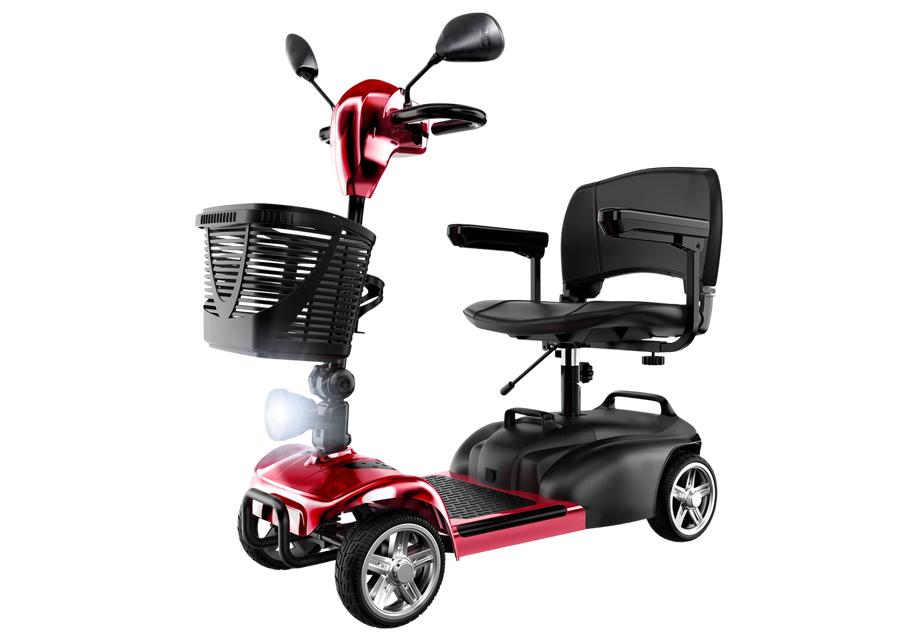






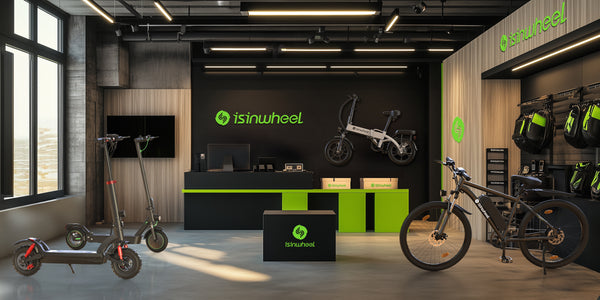
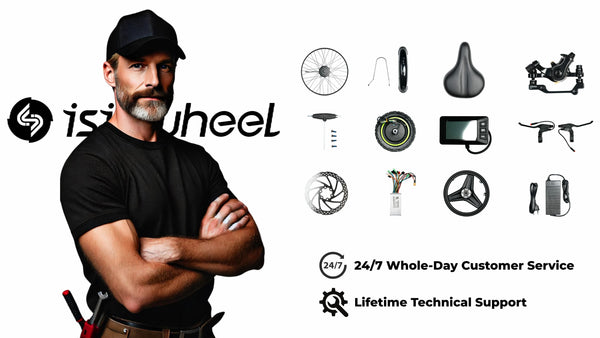










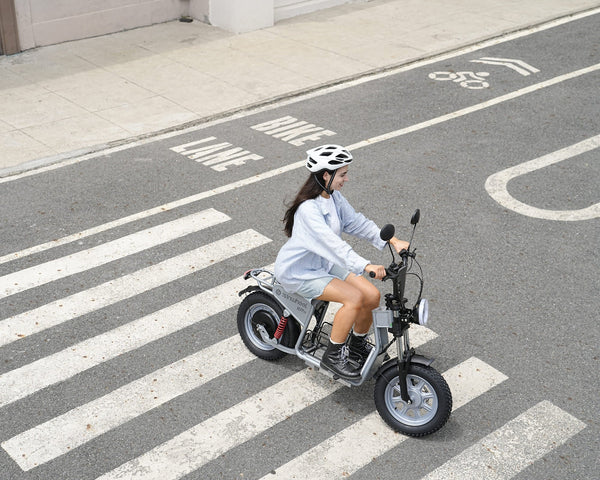
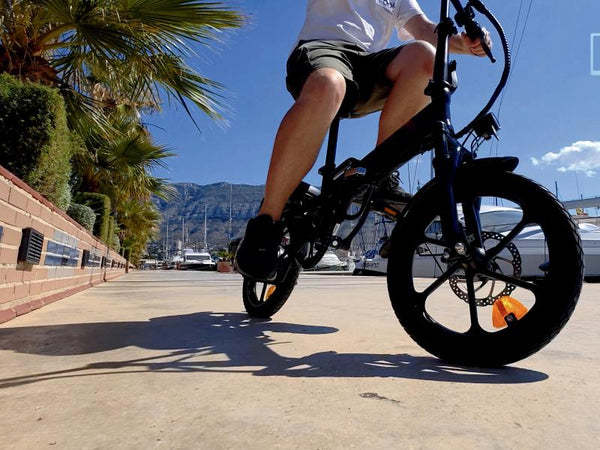


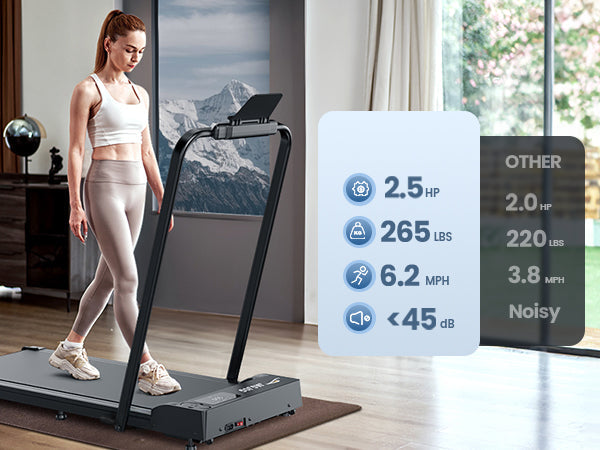

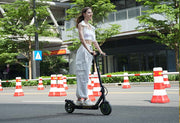
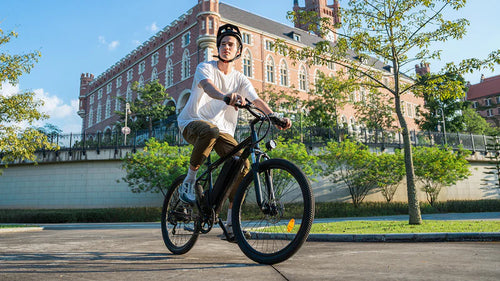
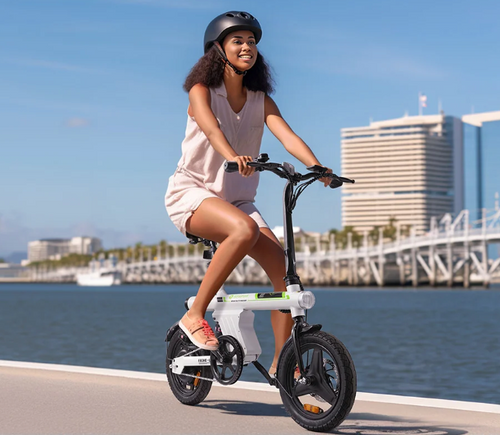
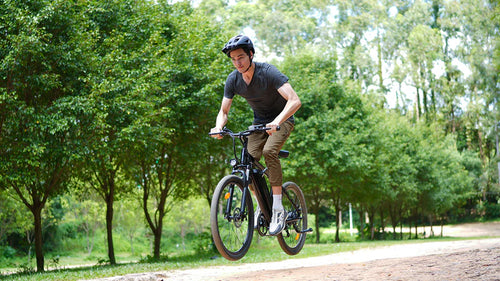
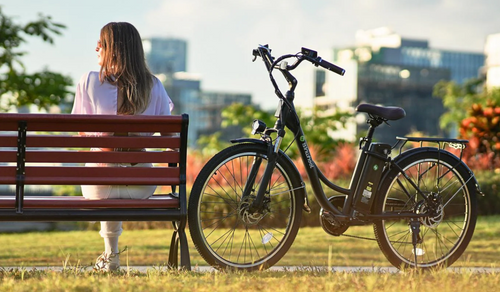
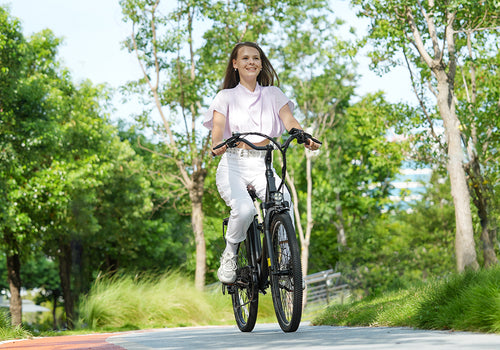
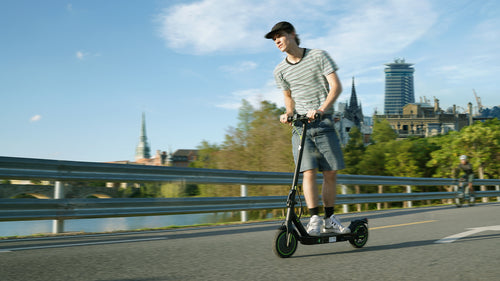

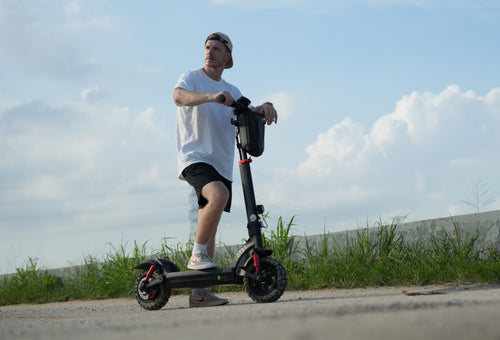
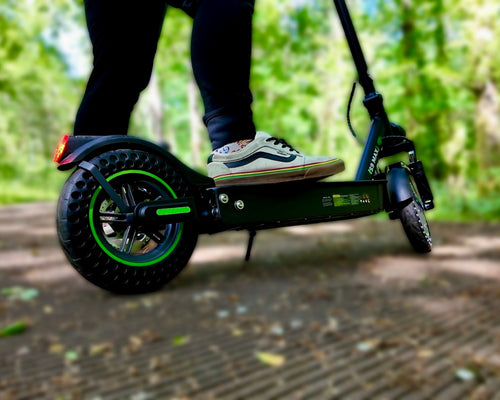
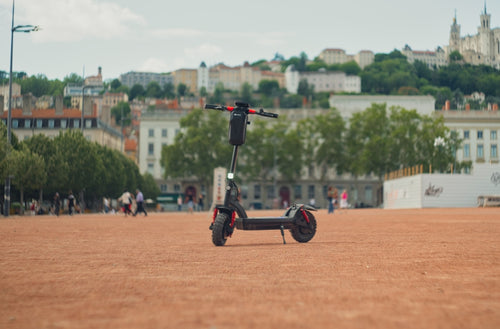
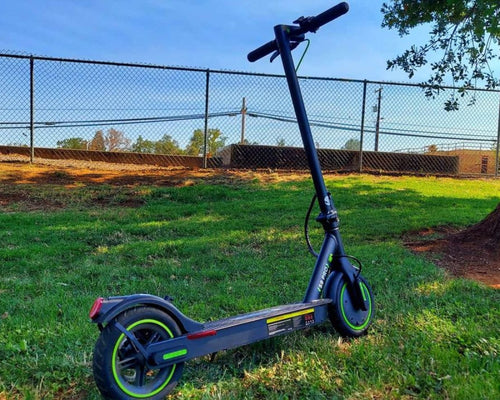





Leave a comment